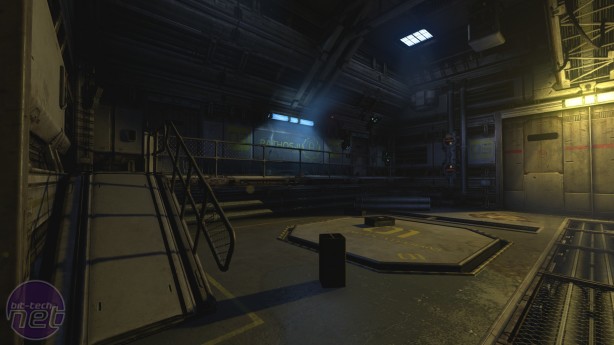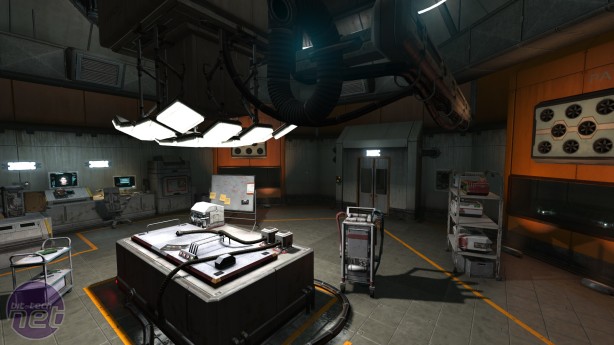
SOMA Review
Price: £22.99Developer: Frictional Games
Publisher: Frictional Games
Platforms: PC, PS4
Version Reviewed: PC
It has been five years since Amnesia: The Dark Descent crept down our collective spines like a parade of spiders. In that time Frictional's terrifying magnum-opus proved remarkably influential, inspiring brilliant games like Outlast and Gone Home, and less brilliant ones like Kholat and the various Slenderman spinoffs. In fact, first-person horror has been so well catered for since Amnesia's debut that its own sequel A Machine For Pigs (developed by TheChineseRoom) fell into the middle of a packed crowd.
SOMA is a clear attempt to move beyond the conventions of the genre that Frictional inadvertently established - a game where being chased down the hallway by a monster comes second to something deeper, more philosophical, and ultimately far more tragic. It's a horror game that wants to do more than merely frighten you, and more often than not it succeeds.
Describing how exactly SOMA works without spoiling it is a little like sneaking past one of the shuddering monstrosities in the game's many cramped corridors, so we shall proceed with considerable caution. The action takes place in and around the deep-water research outpost of Pathos II, a scattered network of scientific facilities that creak and whine like robot dogs beneath thousands of tons of water pressure. Its crew travel between these hulking metal structures via a metro line cut into the seabed, and freight is transported by underwater Zeppelins. It's a little like Bioshock's Rapture, only there's far more chrome, far less art-deco, and an even greater sense of wrongness pervading the place.
Frictional have always excelled at creating convincing environments. But even by their standards Pathos II is a significant step forward. It's a far more complex setting. While each station shares similar aesthetics, they're unique in terms of layout and function. Gunmetal corridors connect clinical scientific laboratories with cluttered and oily robotics workshops and sparsely furnished living quarters minimal in their home comforts. It's a place that clearly prioritises function above all else, and only the most dedicated minds would be capable of thriving there.
These stations are separated by large expanses of ocean floor, which you must traverse on a fairly frequent basis. Navigating the gloomy, plankton filled water through decaying shipwrecks and verdant coral reefs offers a slight change of tone to the more tension-filled indoor sections, letting you gawp at the ocean's luminescent jellyfish and glimpse the silhouettes of far larger creatures swimming in the distance. The developers clearly enjoy transitioning the player between these two environments, as the game sports some wonderful airlocks.
While SOMA offers more moments of serenity than is usual in one of Frictional's games, don't expect any Disney mermaids or singing crabs. Something Very Bad And Scary has happened at Pathos II, a cluster of Bad and Scary things, in fact. Your goal is to figure out precisely what by exploring the environments and carefully peeling back the layers of the story like a rotting onion.
The tale SOMA tells is easily the game's biggest triumph. Not simply through its layered twists and turns, but its entire attitude toward storytelling. To begin with, the writing and acting are absolutely superb, and its cast of characters far more nuanced and interesting than the slightly pantomime cast of Amnesia.

MSI MPG Velox 100R Chassis Review
October 14 2021 | 15:04













Want to comment? Please log in.